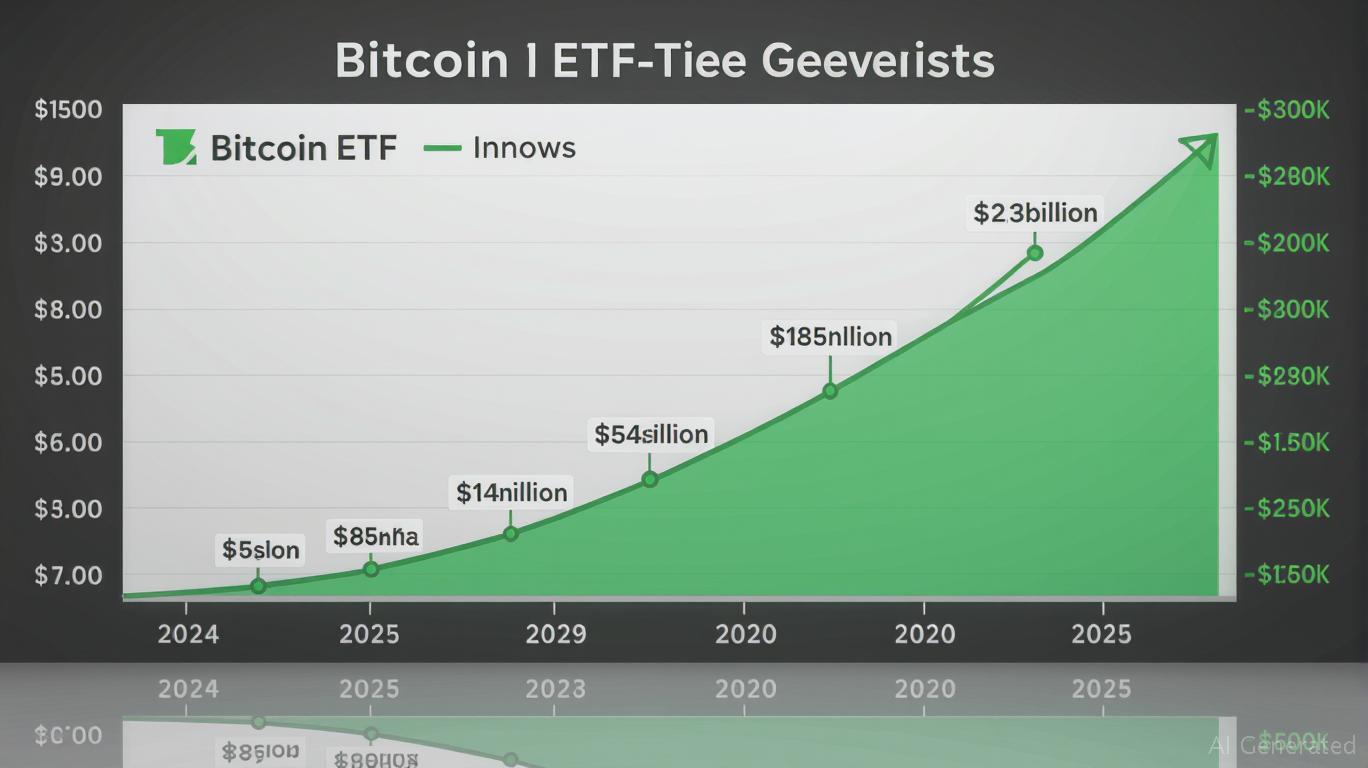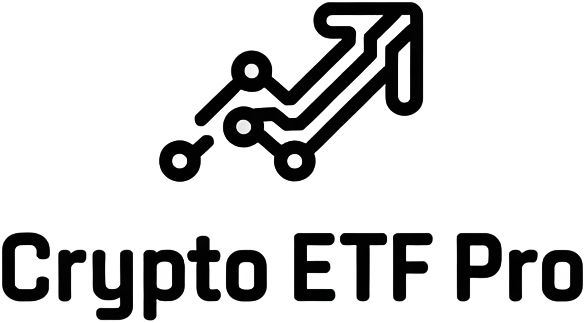
In a landmark move for digital asset markets, the U. S. Securities and Exchange Commission (SEC) has given the green light to in-kind creation and redemption mechanisms for cryptocurrency ETFs. As of July 2025, authorized participants (APs) can now exchange ETF shares directly for underlying cryptocurrencies like Bitcoin and Ethereum, instead of relying solely on cash settlements. This change is more than a technical upgrade – it signals a structural shift aligning crypto ETFs with traditional commodity-based ETFs, such as those tracking gold or oil.
Bitcoin Maintains Position Above $100,000: What In-Kind Redemptions Mean Now
With Bitcoin trading at $112,084.00, investors are watching closely as the SEC’s approval brings new efficiency to the ETF market. Previously, spot Bitcoin ETFs required all creations and redemptions to be processed in cash. This process introduced friction: APs would buy or sell Bitcoin on the open market to match ETF flows, often incurring significant transaction costs and slippage – especially during volatile periods.
Under the new rules, APs can deliver or receive actual Bitcoin when creating or redeeming ETF shares. The result? Lower transaction costs, improved liquidity, and more seamless arbitrage between ETF prices and net asset value (NAV). For investors seeking exposure to digital assets through regulated vehicles, this could mean tighter spreads and reduced tracking error.
Why In-Kind Redemptions Are a Game Changer for Crypto ETF Liquidity
The traditional ETF ecosystem relies on in-kind processes to keep share prices closely aligned with underlying assets. By adopting this model for crypto ETFs, the SEC is removing a major barrier that previously limited institutional participation. As noted by industry experts, this shift is expected to attract more sophisticated players – from hedge funds to pension plans – who require operational efficiency and tax optimization.
Liquidity is at the heart of every successful ETF market. With in-kind redemptions now permitted for spot Bitcoin and Ethereum ETFs, APs can respond dynamically to supply-demand imbalances without forcing large trades onto public exchanges. This should reduce market impact costs during periods of heavy inflows or outflows and foster greater stability across both ETF shares and spot crypto prices.
Tax Efficiency and Cost Savings: The Investor Perspective
One of the underappreciated benefits of in-kind creation/redemption is improved tax efficiency. In traditional commodity ETFs, in-kind transactions allow issuers to minimize taxable events by transferring appreciated assets rather than selling them outright. The same logic now applies to crypto ETFs: investors may see fewer capital gains distributions over time compared to cash-only models.
This is particularly relevant given Bitcoin’s recent price trajectory – hovering above $112,000 – which increases the stakes for tax-aware portfolio strategies. For those seeking deeper insight into how these mechanisms actually work in practice, our guide How In-Kind Redemptions Are Transforming Bitcoin ETFs provides an accessible breakdown of key concepts.
Bitcoin Price Prediction 2026-2031 Post-SEC In-Kind ETF Approval
Professional outlook on BTC price evolution following major regulatory advancements in 2025
| Year | Minimum Price (Bearish) | Average Price (Base Case) | Maximum Price (Bullish) | YoY % Change (Avg) | Key Market Scenario |
|---|---|---|---|---|---|
| 2026 | $92,000 | $128,000 | $160,000 | +14% | ETF inflows accelerate, institutional adoption rises |
| 2027 | $110,000 | $145,000 | $185,000 | +13% | Global ETF adoption and new entrants, moderate volatility |
| 2028 | $120,000 | $160,000 | $210,000 | +10% | Market matures, increased competition, regulatory clarity |
| 2029 | $130,000 | $178,000 | $240,000 | +11% | Wider mainstream use, halving cycle effects |
| 2030 | $140,000 | $200,000 | $270,000 | +12% | Continued institutional growth, digital asset integration |
| 2031 | $155,000 | $225,000 | $310,000 | +13% | Global macro adoption, potential for new all-time highs |
Price Prediction Summary
The SEC’s approval of in-kind redemptions for Bitcoin ETFs in 2025 is a pivotal moment, likely to drive substantial institutional inflows and improve overall market liquidity. These factors support a steady and progressive increase in Bitcoin’s price over the next six years, despite expected periods of volatility. The average price trajectory reflects a maturing asset class with growing mainstream legitimacy, while the min/max ranges account for both bearish corrections and bullish breakthroughs driven by regulatory or technological catalysts.
Key Factors Affecting Bitcoin Price
- SEC’s regulatory clarity boosting institutional participation
- Lower ETF costs and improved liquidity via in-kind redemptions
- Potential for global ETF adoption and regulatory harmonization
- Bitcoin halving cycles and their impact on supply dynamics
- Macroeconomic factors (inflation, global risk appetite)
- Competition from alternative digital assets and new technologies
- Evolving investor sentiment and adoption rates
Disclaimer: Cryptocurrency price predictions are speculative and based on current market analysis.
Actual prices may vary significantly due to market volatility, regulatory changes, and other factors.
Always do your own research before making investment decisions.
For ETF issuers and authorized participants, the ability to process creations and redemptions in-kind brings operational advantages that extend directly to end investors. By sidestepping the need for repeated conversions between crypto and cash, funds can offer lower expense ratios and potentially pass on savings through tighter bid-ask spreads. This is especially impactful in a market where every basis point of cost matters, and where volatility can quickly erode returns if transaction costs are not managed efficiently.
Moreover, the SEC’s decision is likely to accelerate mainstream adoption of crypto ETFs. Institutional allocators, previously wary of operational complexity and tax inefficiency, now have a clearer path to integrate Bitcoin and Ethereum ETFs into diversified portfolios. This structural improvement should also help the ETF market absorb larger flows without distorting spot prices or causing liquidity crunches during periods of stress.
Broader Implications for Crypto ETF Regulation in 2025
The approval of in-kind redemptions is not just a technical tweak, it signals the SEC’s evolving stance on crypto ETF regulation in 2025. By aligning digital asset ETFs with established commodity fund practices, regulators are providing a framework that could support the next generation of on-chain ETF products, including those tracking multiple tokens or employing more sophisticated strategies.
However, it’s important to note that regulatory clarity remains a work in progress. Each crypto ETP may still require individual review, and further guidance is expected on topics like custody standards and risk disclosures. Still, the current environment marks a decisive shift toward normalization and integration of digital assets within the broader financial system.
Top Benefits of SEC In-Kind Bitcoin ETF Redemptions
-

Lower Transaction Costs: In-kind redemptions allow ETF shares to be exchanged directly for Bitcoin, eliminating the need for cash conversions and reducing associated fees for investors.
-

Improved Liquidity: Direct exchange of ETF shares for underlying Bitcoin enhances market liquidity, making it easier for investors to enter or exit positions efficiently.
-

Greater Tax Efficiency: In-kind redemptions can help minimize taxable events, as investors may avoid triggering capital gains by swapping ETF shares for Bitcoin instead of selling for cash.
-

Alignment with Traditional Commodity ETFs: The new mechanism brings crypto ETFs in line with established commodity ETFs, increasing investor confidence and mainstream acceptance.
-

Attracts Institutional Capital: The SEC’s approval removes barriers for institutional investors, encouraging greater participation and fostering market maturity and stability in the crypto sector.
For investors weighing entry into crypto ETFs at a time when Bitcoin trades at $112,084.00, understanding these regulatory shifts is essential. Not only do in-kind processes make ETFs more attractive from a cost and liquidity perspective, but they also pave the way for new product innovation, potentially including actively managed crypto funds and multi-asset digital portfolios.
What to Watch Next: Market Maturity and Institutional Flows
With the SEC’s approval now in effect, attention turns to how quickly institutional capital will flow into these more efficient vehicles. Early indications suggest that large asset managers are already preparing to ramp up participation, while trading desks are adapting to new arbitrage opportunities between ETF shares and underlying crypto assets.
Retail investors, too, stand to benefit as competition among ETF issuers heats up. Expect to see lower fees, improved tracking error, and a broader menu of crypto ETF options as the market evolves. The impact of these changes will be most visible during periods of heightened volatility, when efficient in-kind processes can help maintain orderly markets and protect investor capital.
For those interested in the technical nuances or seeking to optimize their portfolios with these newly efficient crypto ETFs, further reading is available at SEC Approves In-Kind Bitcoin ETF Redemptions: What It Means for Crypto ETF Investors. As the regulatory landscape continues to evolve, staying informed will be the key to capitalizing on new opportunities in the digital asset ETF space.






